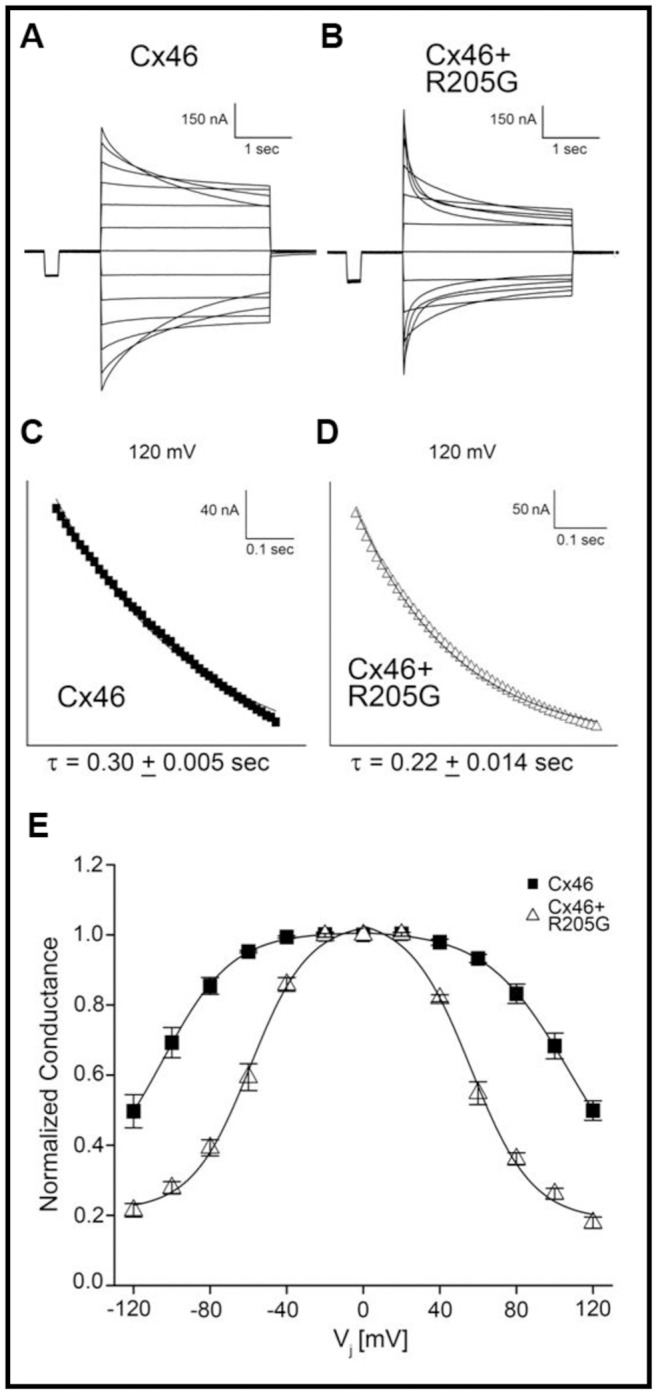Figure 6. Voltage-gating properties of Cx46 and mixed Cx46/Cx50-R205G channels.

The decay in junctional current (Ij) induced by transjunctional voltage (Vj) was plotted as a function of time for gap junctions comprised of Cx46 (A) and mixed Cx46/Cx50-R205G (B). Voltage was stepped to ±120 mV in 20 mV increments. At all voltage applications >±20 mV, mixed channels showed a more rapid current decay toward steady state. Analysis of channel closure kinetics was based on representative traces displaying the initial 250 ms of current decay recorded after application of a +120 mV transjunctional voltage, for gap junctions comprised of homomeric wild-type Cx46 (n = 5) (C) and heteromeric channels containing both Cx46 and Cx50-R205G (n = 5) (D). Current traces were fit to monoexponential decay to determine the mean time constant, τ. Heteromeric Cx46 and Cx50-R205G channels closed ∼25% faster than homomeric Cx46 channels, displaying a significant increase in mean channel closure time (p<0.05). (E) Comparison of equilibrium conductance. Steady state conductance was measured when current decay reached equilibrium, normalized to the values at ±20 mV and plotted as a function of Vj. The steady state reduction in conductance for heteromeric Cx46 and Cx50-R205G channels (n = 8) was greater than the reduction for homomeric wild-type Cx46 channels (n = 5).
